How To Prevent Flat Spots On Tires During Storage?
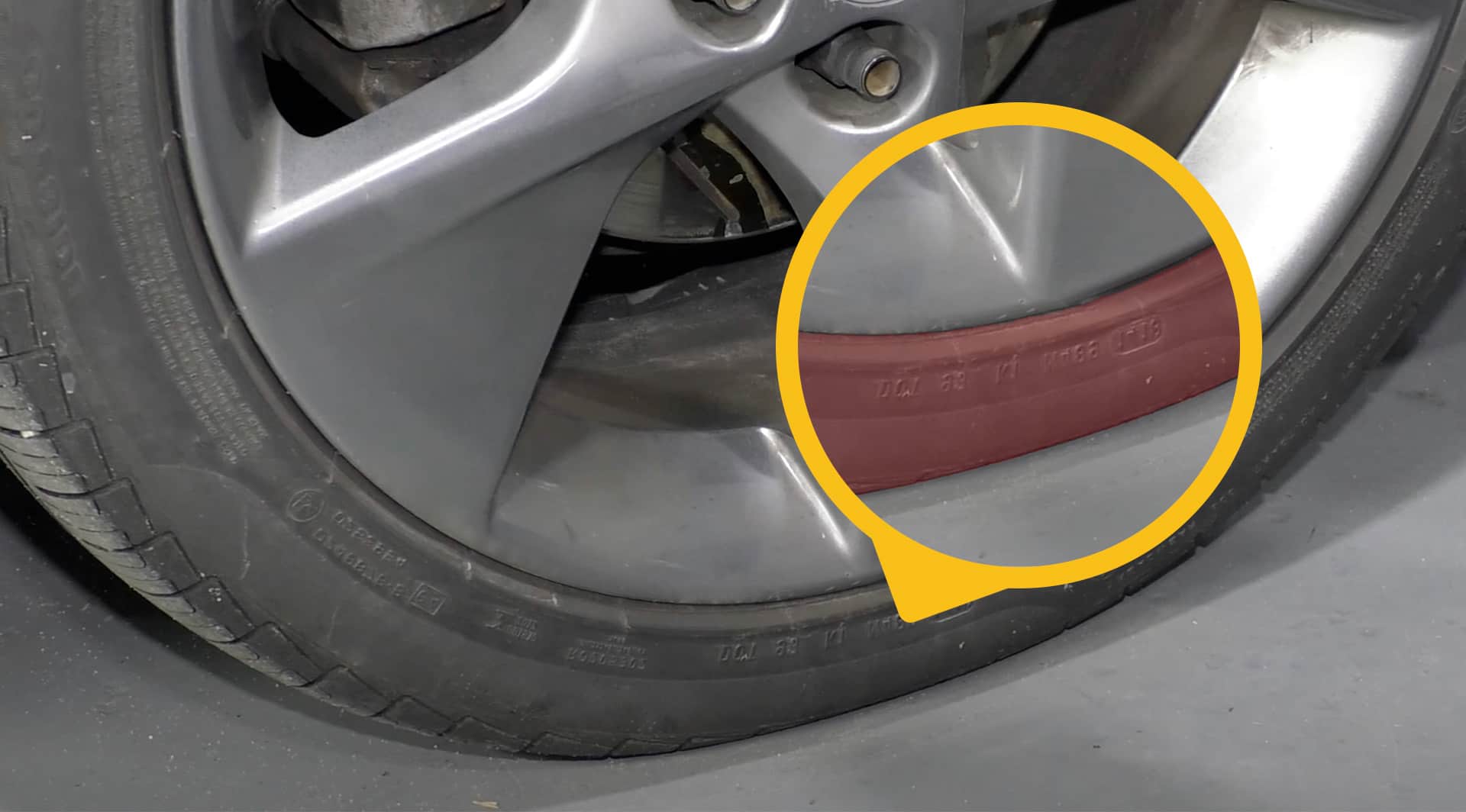
If you’re like us, your heart skips a beat when it’s time to take your car out of winter hibernation. Unfortunately, many people find that their tires have flat spots from being stationary all winter long. To prevent flat spots on tires during storage, there are several steps you can take.
In this post, we’ll cover the causes of flat spots on tires and the best practices for avoiding them during storage. We’ll look at how weight and extreme temperatures play their part in tire deterioration, as well as tips on balancing weight, inflating to an appropriate PSI level, and more.
Understanding Flat Spots On Tires
Flat-spotting occurs when a flat and rigid patch develops where the rubber of your tire meets the ground. This surface is known as your tire’s contact patch.
When a tire remains stationary under vehicle load for an extended period of time, the contact patch flattens out and becomes rigid, resulting in a flat spot. This can happen if you leave your car parked for too long or if you skid while hard-braking.
The Factors That Contribute to Flat Spotting
In certain cases, the tire may be more prone to flat spotting due to certain reasons:
Soft / Performance tires
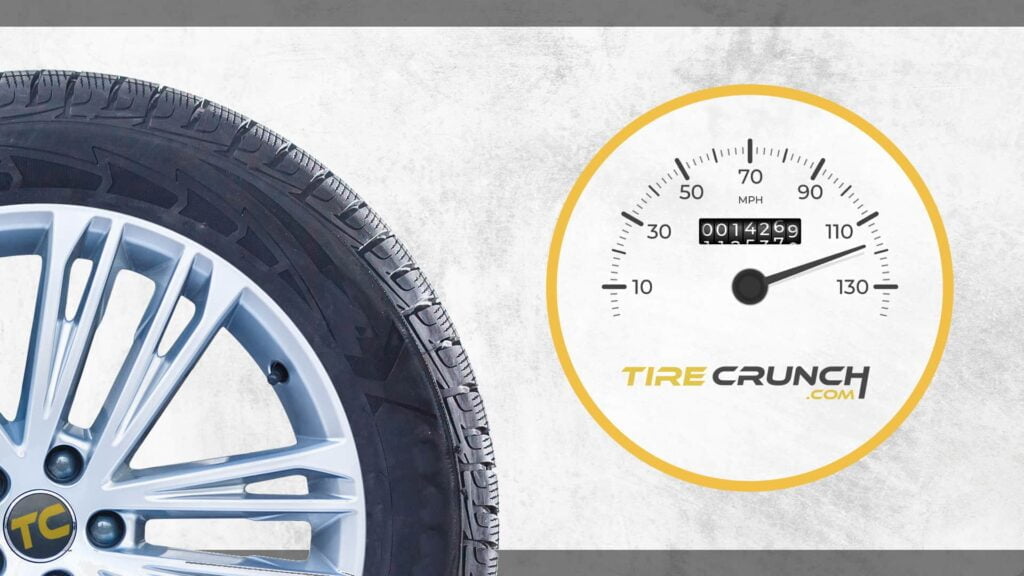
Performance tires have unique features that make them great for spirited driving. These tires are designed to be softer and more malleable than standard tires, giving them greater ground contact. They also have a larger surface area and specific tread compounds which gives them great grip.
However, these same qualities can leave these tires more vulnerable to flat spotting when parked for extended periods of time, particularly in cooler climates. This is because the large surface area and softer compounds make them more susceptible to absorbing heat, cold, moisture, and chemicals from the ground they’re parked on
Cold weather
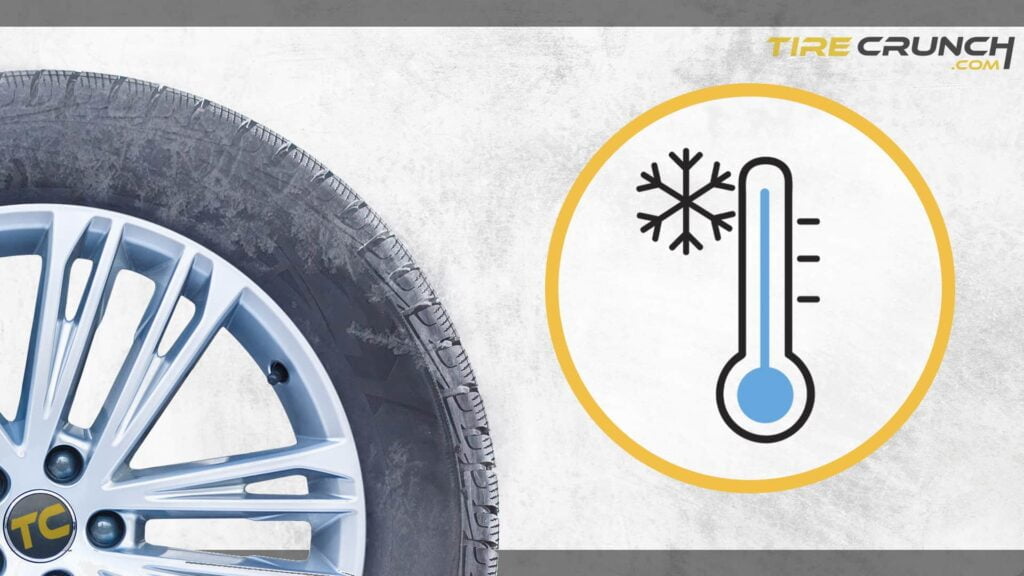
Cold storage temperatures can greatly increase the risk of tire flat spotting. This is particularly true in garages with concrete floors and outdoor storage areas where low ambient temperatures can cause tires to harden up and become more vulnerable to becoming stuck in their flat position.
Storage time
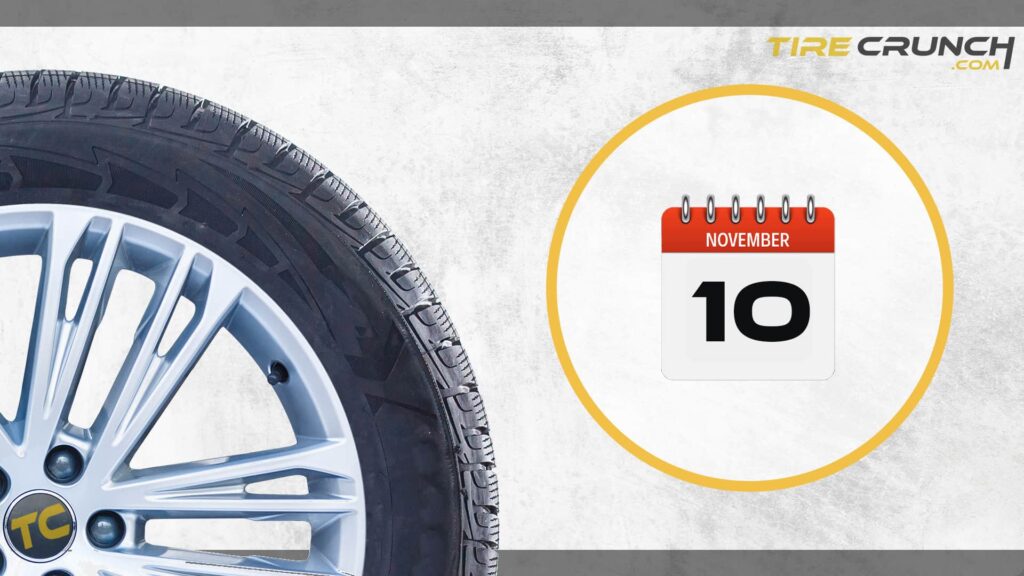
The length of the storage time is a factor to consider as well. Performance tires can develop temporary flat spots after just one cold night parked outside. For most other cars, however, flat spots will take weeks or months to form.
Types Of Flat Spots
The two most common types of tire flat spots are temporary and permanent flat spots.
Signs Of Flat Spotting
Related Reading: What Is Tire Flat Spotting? Does it Go Away? | Michelin.com
How To Store Tires To Prevent Flat Spotting
Here are some easy tips to avoid flat spots on tires during storage and keep them in top shape:
Give your tires a good clean
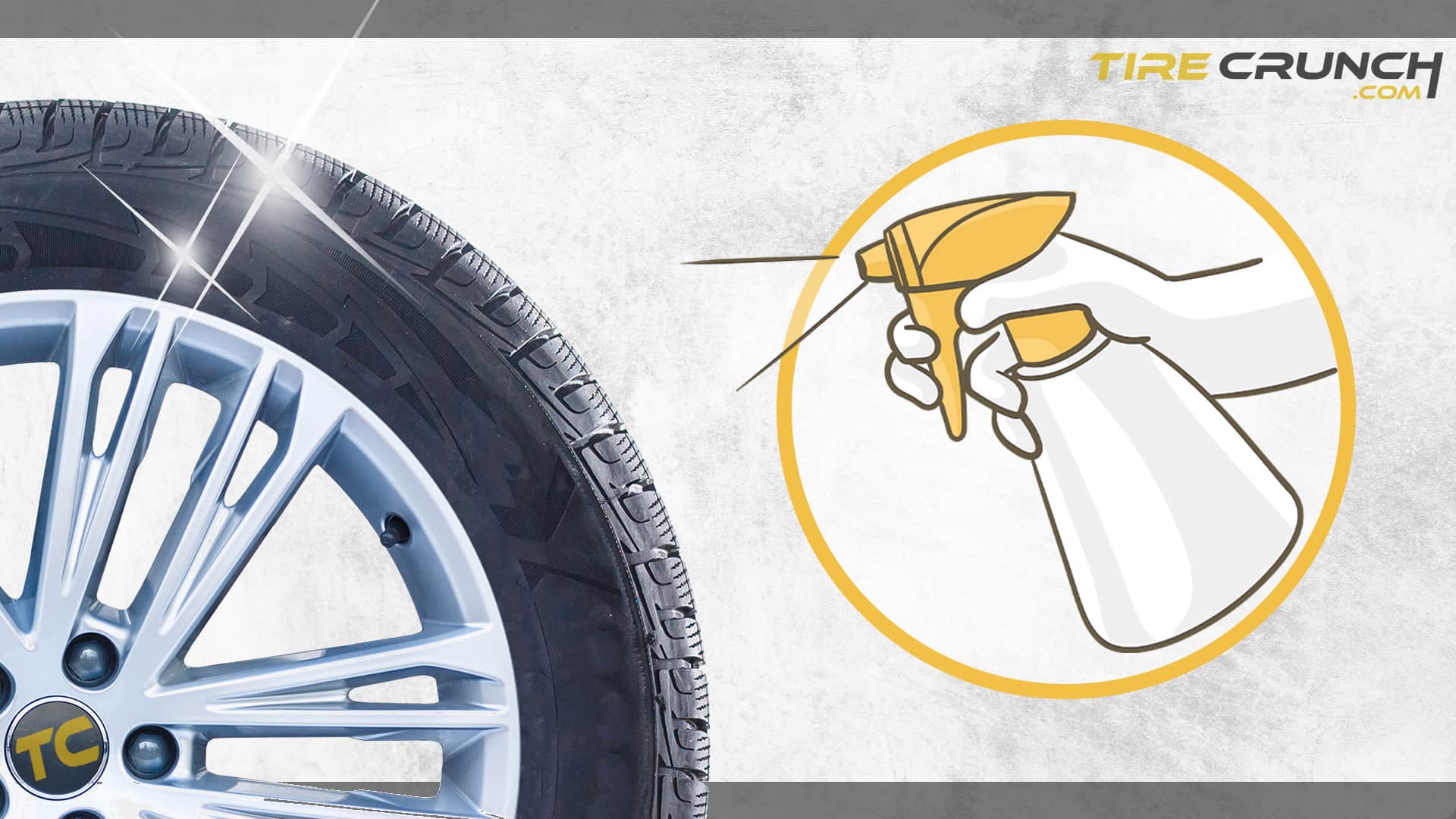
Before storing your tires, it’s important to make sure they are thoroughly cleaned. Use soap and water to remove any dirt, dust, or other debris from the surface of the tire.
This will help prevent the particles from breaking down the material of the tire when stored for an extended period of time. Additionally, make sure you dry off the tires completely before storage to avoid creating a breeding ground for mold and mildew.
Ensure That The Tires Are Properly Inflated
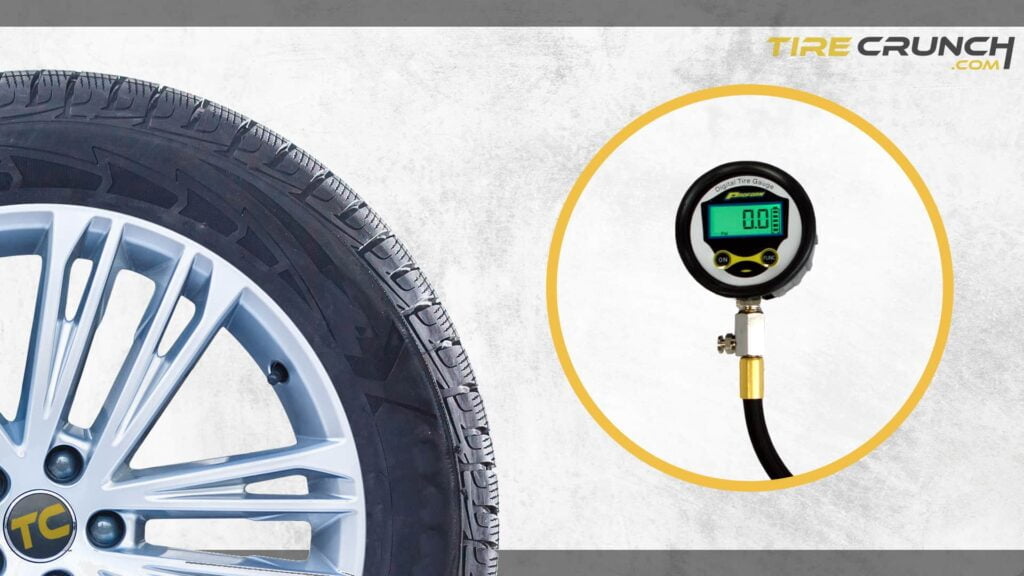
Ensuring proper tire inflation is one of the most critical steps towards preventing flat spots during storage. Low tire pressure can cause the tires to deform and develop flat spots, while overinflation can damage the internal structure of the tire.
It is recommended to inflate your tires to their maximum recommended pressure before storage.
Properly inflated tires maintain their shape and distribute weight evenly on themselves, minimizing wear and tear and reducing the chances of developing flat spots.
Regularly checking your tire’s inflation level is also essential, as air tends to escape slowly over time. A tire gauge is a handy tool that you should keep in your toolbox at all times.
Use Tire Cradles And Flat Spot Protectors
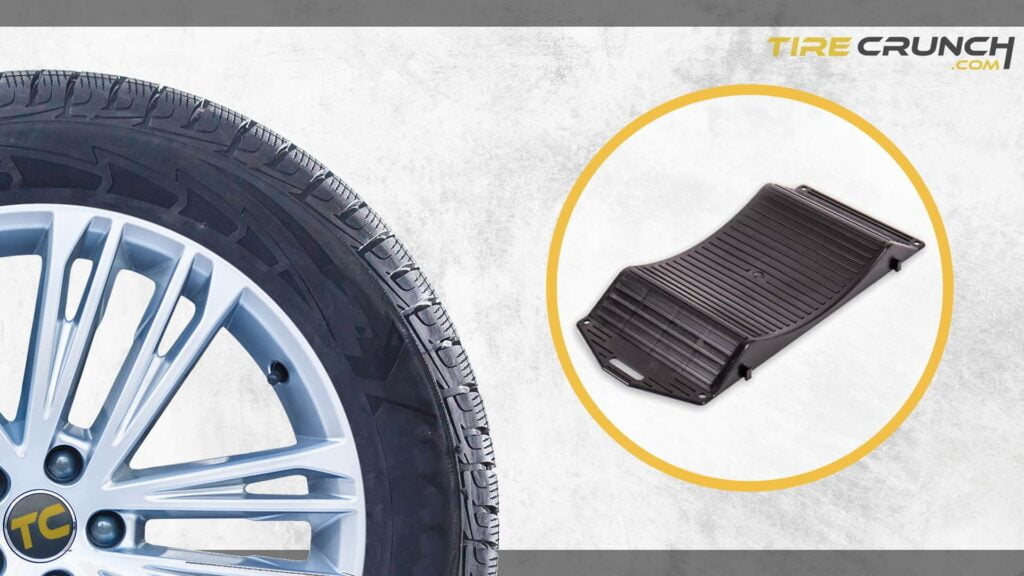
Tire cradles and flat spot protectors are great investments for those who want to prevent tire flat spots during storage. These accessories ensure that your tires remain in the best possible condition during storage, as they keep them properly supported and reduce pressure on certain areas of the tire.
Choosing The Right Storage Location
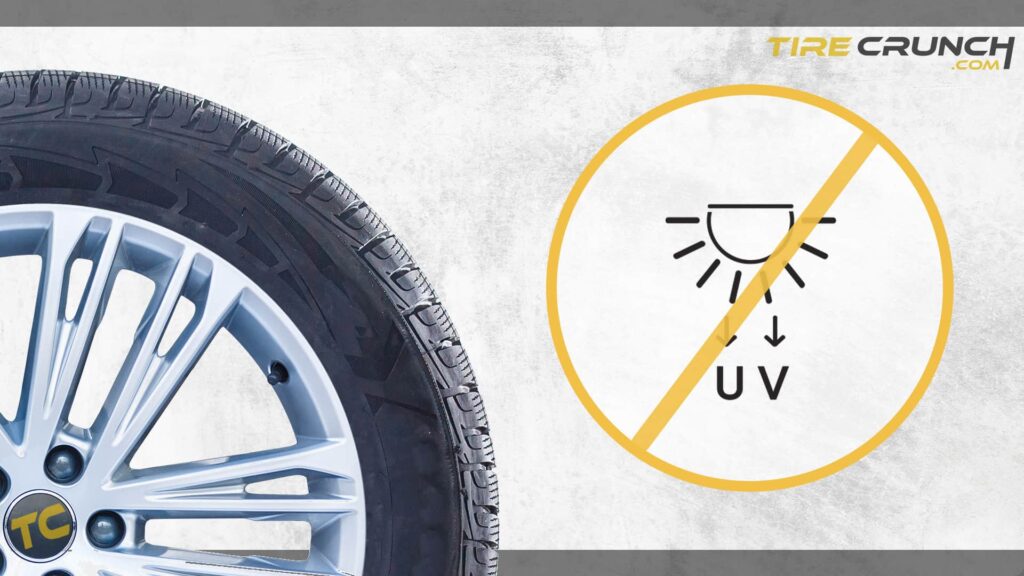
When it comes to storing your car, the location you choose can make a big difference in preventing flat spots. Ideally, you want to store your car in a cool and dry place that is away from direct sunlight and extreme temperatures. This could be indoors or under a covered area like a garage or shed.
If you don’t have access to an indoor storage space, consider using tire covers or tarps to protect them from harmful elements like UV rays and moisture.
Move the car every 2 weeks
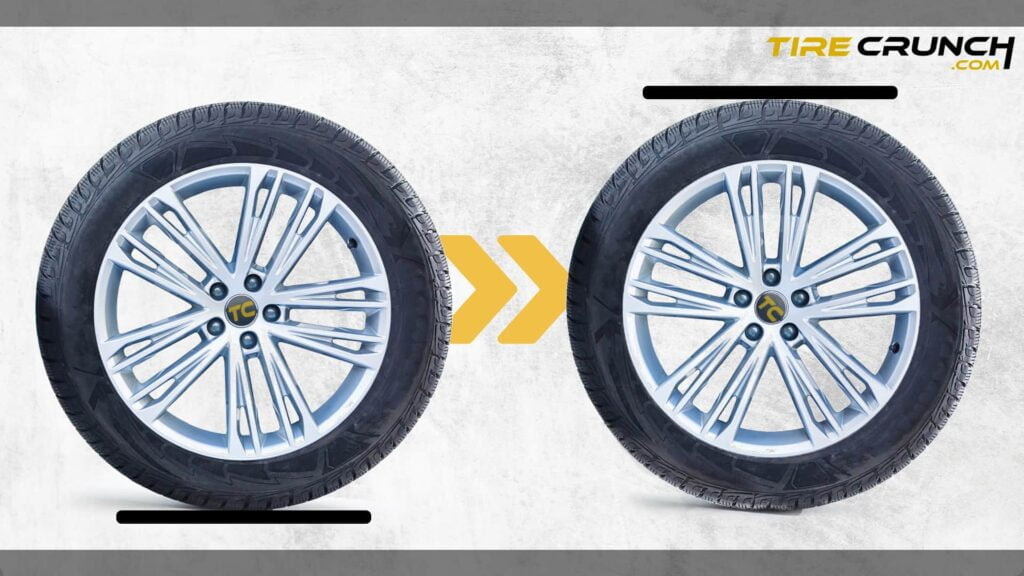
To prevent flat spots on your tires, it’s a good idea to move your car forwards and backwards every two weeks. This will ensure that your tires don’t remain in the same position for too long.
Final Words
Flat spotting on tires can be a frustrating and expensive problem, but with the right precautions, it can easily be prevented during storage. By properly inflating your tires, using tire cradles or flat spot protectors, choosing the right storage location and avoiding hot surfaces, you can ensure that your wheels stay in great condition for years to come.
